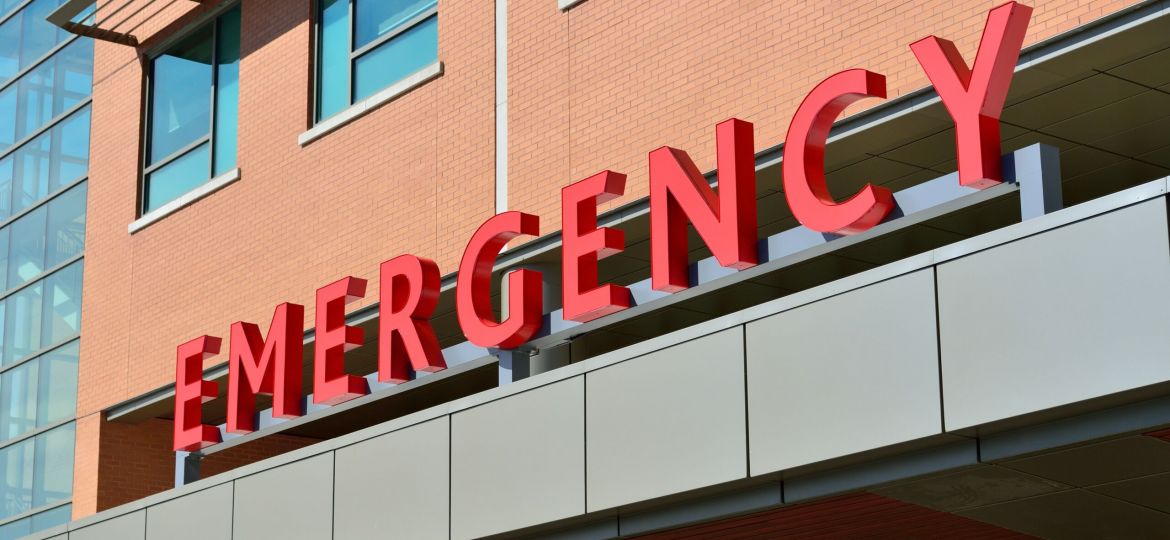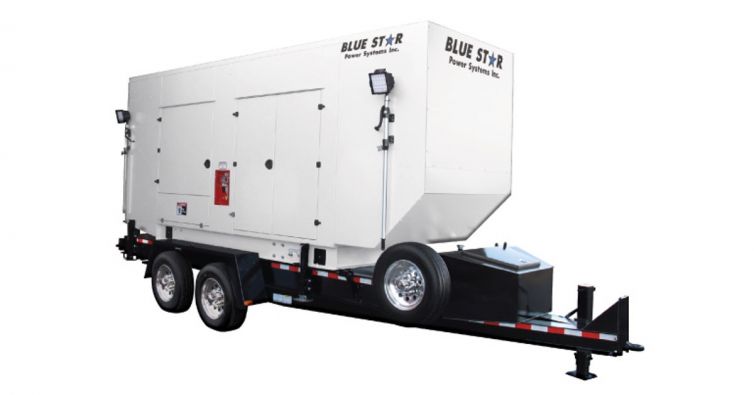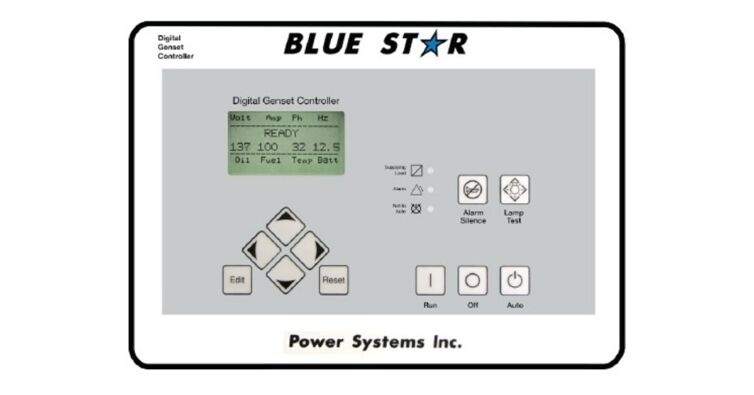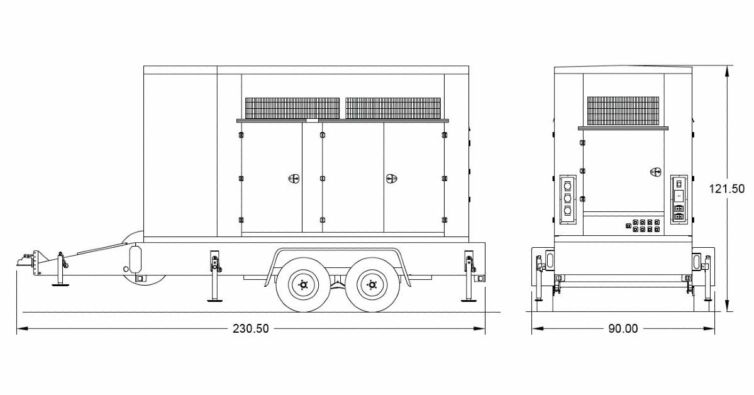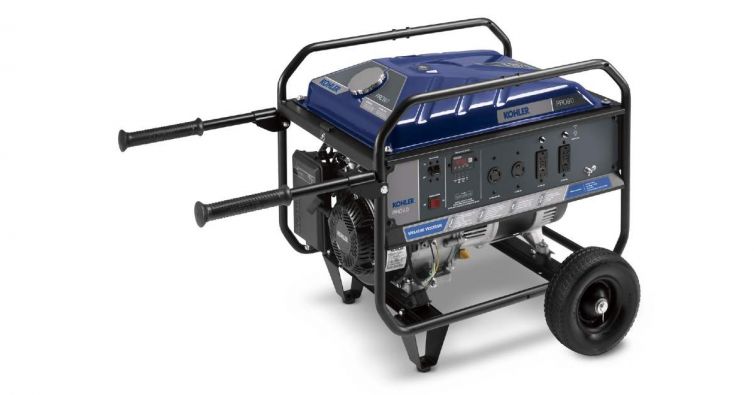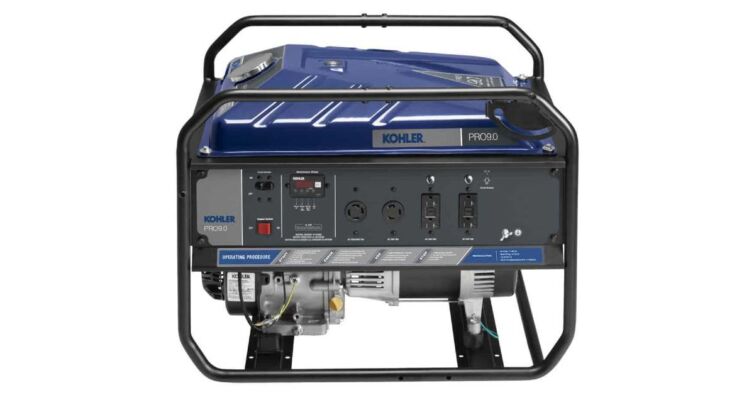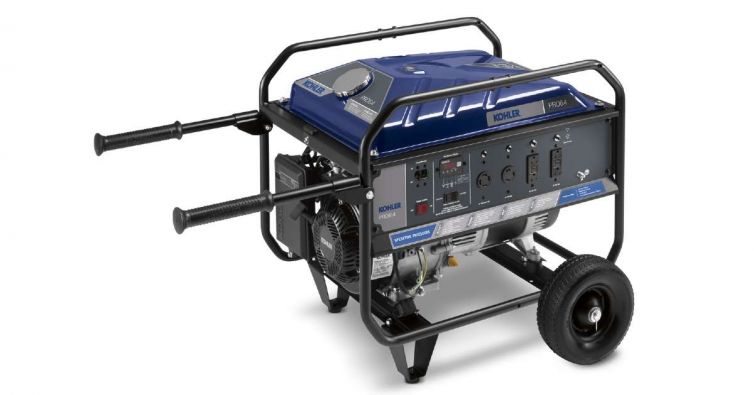Natural disasters, such as hurricanes, earthquakes, and wildfires, can cause significant damage to power infrastructure, leaving many areas without electricity for days or even weeks. This loss of power can lead to a range of problems, including a lack of communication, food spoilage, and reduced medical capabilities.
Disasters and unforeseen emergencies can strike at any time. In these situations, a generator for emergency is essential to maintaining operations and ensuring the safety and wellbeing of citizens. Generator for emergency provide an effective solution to this problem, but these situations require generators with specific characteristics.
In this article, we’ll take a look at the best generator for emergency use by institutions and governments, and what factors to consider when choosing one.
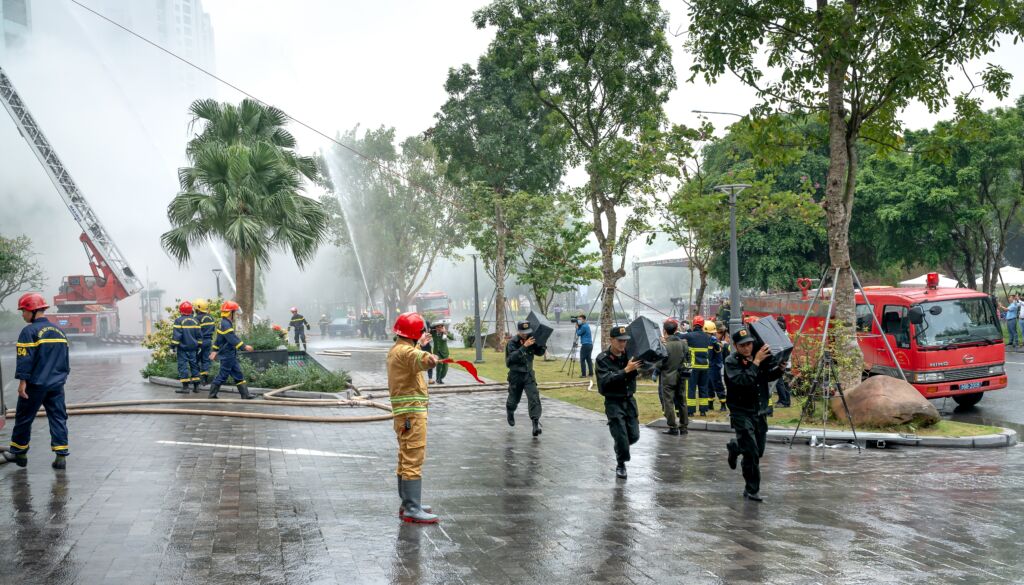
Before we dive into the specifics of which generators are best for emergency situations, it’s important to understand the needs for backup power in the first place.
Natural disasters like earthquakes, droughts, storms (hurricanes, tornadoes, cyclones), floods, volcanic activity, extreme temperatures (heat waves, cold waves), landslides and wildfires can knock out power lines and leave entire regions without electricity for days or even weeks. This can be catastrophic for institutions, governments and residents of communities that rely on electricity to power critical infrastructure like water supply, electricity, gas supply, transportation systems (roads, bridges, tunnels), communication systems (telephone lines, cell towers), hospitals and medical facilities.
Other emergencies like cyber attacks, terrorist attacks, and grid failures can also cause power outages. In these situations, backup power is essential to maintaining essential services and keeping citizens safe.
Importance of institutions and governments having power generators in emergency situations
The importance of institutions and governments having power generators in emergency situations caused by disasters cannot be overstated. Power generators are a vital tool for crisis management and are essential for providing essential services and support.
In times of emergency, power generators have important functions such as providing a reliable source of electricity and providing emergency lighting. For example, during a natural disaster power outages are extremely common, and having a reliable source of power is essential to the functioning of the affected area. Power generators are also used to run essential services such as hospitals and water treatment facilities, and they can be used to power communication systems, enabling emergency responders to remain in contact.
Power generators can also be used to restore and maintain communications systems. During a natural disaster, it is often difficult to communicate with those in the affected area, as traditional communication channels can be disrupted. Power generators can be used to power communication systems, enabling emergency services personnel to maintain contact.
Power generators can also be used to power emergency shelters. During a natural disaster, providing shelter for those affected by the disaster is essential. Power generators can be used to power emergency shelters, providing those affected by the disaster with a safe and secure place to stay.
Finally, power generators can be used to power medical facilities. During the emergency, medical facilities can be overwhelmed, and having a reliable source of power is essential to providing medical care to those affected. Power generators can be used to power medical facilities, enabling medical personnel to provide the necessary medical care to those affected.
Types of generator for emergency that can be useful in a disaster scenario.
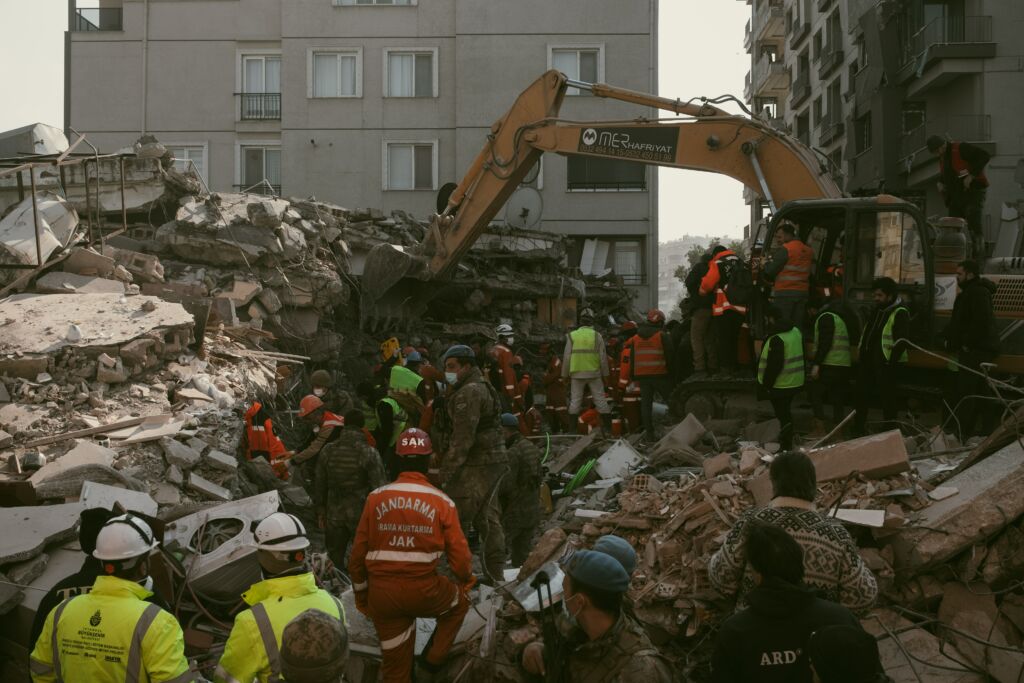
For an institution, such as a hospital or a government agency, to be able to face an emergency situation, there are three types of generators that can be useful:
- Portable generators (smaller)
- Mobile generators (large)
- Emergency generators.(Permanently installed generators as backup power source. Ideal for some institutions such as hospitals and emergency coordination centers).
SKU: VD100-02FT4MP
SKU: VD125-02FT4MP
SKU: VD150-02FT4MP
SKU: VD200-02FT4MP
Generators for emergency that can be useful in disaster situations.
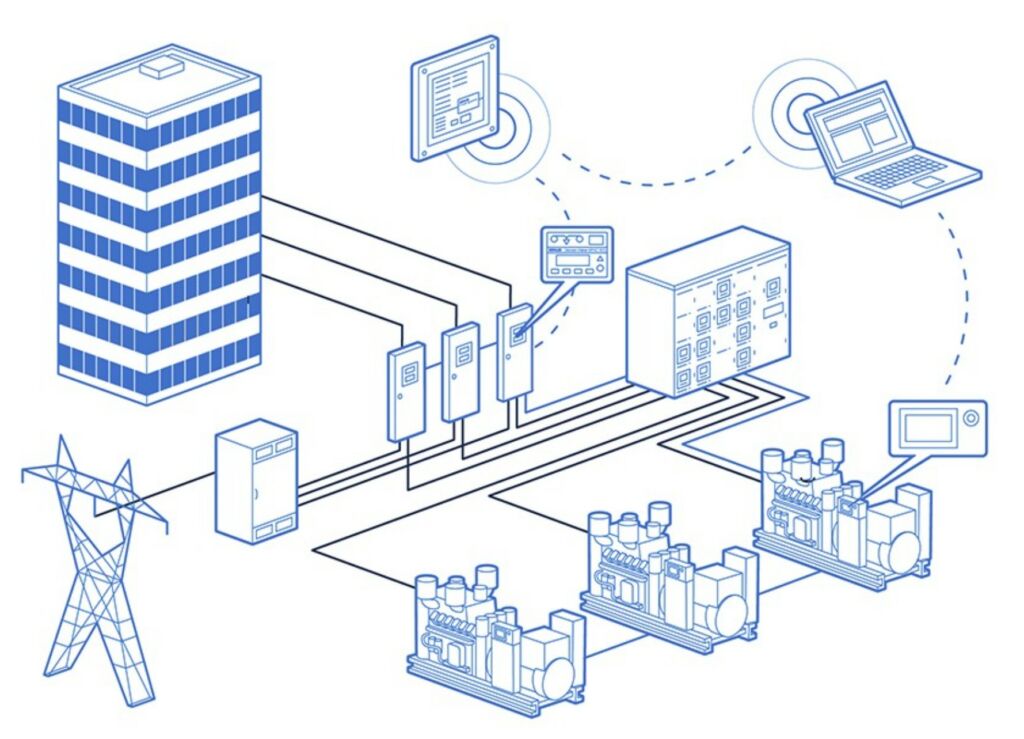
A backup power generating system for a hospital
The ideal generator for a disaster situation should have the following characteristics:
- The generator should be powered by a reliable fuel source, such as diesel or natural gas. Generators powered by these fuels are generally the most reliable and efficient, and they can be used for extended periods of time without the need for refueling.
- In the case of institutions that have emergency generators with natural gas as fuel, it is recommended to have a fuel store in the institution, since the pipes of the city’s gas network in extreme scenarios such as earthquakes may stop working.
- Mobile and portable generators should also be easy to transport and set up. In disaster situations, time is often of the essence, and the generator should be able to be quickly transported to the affected area and set up quickly and efficiently.
- For institutions like hospitals, emergency generators are essential for providing medical care to those affected by the emergency. During an emergency, power outages are common, and having a reliable source of power is essential in order to provide medical care. Emergency generators can be used to power medical equipment, enabling medical personnel to provide the necessary medical care to those affected by the emergency.
- For government institutions, emergency generators are essential for providing essential services during an emergency. During an emergency, power outages are common, and having a reliable source of power is essential in order to provide essential services such as communication systems, emergency shelters, and transportation. Emergency generators can be used to power these services, enabling government personnel to provide the necessary support to those affected by the emergency.
- The generator should also be easy to maintain and repair. In disaster situations, access to spare parts and other resources can be limited, and the generator should be able to be easily maintained and repaired with minimal resources.
- Emergency generators can be used to restore and maintain communications systems. During an emergency, traditional communication channels can be disrupted, making it difficult for emergency personnel to maintain contact with those affected by the emergency. Emergency generators can be used to power communication systems.
- The generator should be reliable and durable. In disaster situations, the generator must be able to operate for extended periods of time without failure, and it should be built to last.
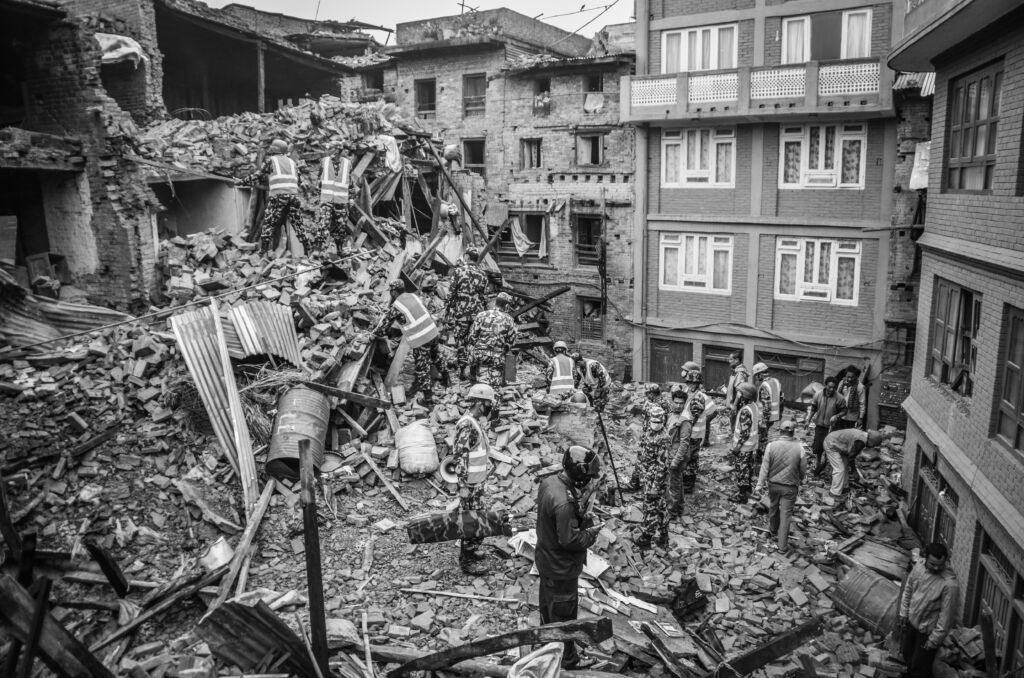
SKU: PA-PRO90E-2002
SKU: PA-PRO90-3002
SKU: PA-PRO90-2002
SKU: PA-PRO64E-3002
Mobile and portable generators, very useful tools to deal with emergencies.
Mobile and portable power generators can be a valuable resource for authorities because they are energy sources that can be moved to the points where the community requires it in an emergency event. These generators can be deployed quickly and provide power to critical infrastructure for firefighters, rescue teams, hospitals, shelters, and communication systems.
These generators can be powered by a variety of fuels. They come in a range of sizes and capacities, from small units that can power a single household to large units that can provide power to an entire small city.
Mobile power generators can also be used to power water treatment plants and sewage treatment facilities. This is important because without power, these facilities can’t function properly, leading to a range of health problems. By providing temporary power to these facilities, mobile power generators can help prevent the spread of disease and ensure that people have access to clean water.
How can authorities make the most of mobile or portable power generators?
To make the most of mobile or portable power generators during a natural disaster, authorities should have a plan in place before the disaster strikes. This plan should include a list of critical infrastructure that needs power, such as hospitals, shelters, and communication systems. Authorities should also have a plan for how to deploy and maintain the generators.
One important consideration when using mobile or portable power generators is fuel. The runtime of a mobile or portable power generator depends on its capacity and the amount of fuel available. Small units can run for several hours, while larger units can run for several days, but the key is the access to fuel. Authorities should ensure that they have a sufficient supply of fuel for the generators and a plan for how to transport the fuel to the generators. This is particularly important during a natural disaster when roads may be damaged or blocked. To ensure that you have enough fuel for your mobile power generator during a natural disaster, you should have a plan in place for how to transport fuel to the generator. This may involve fuel depots throughout the city or using trucks or other all terrain vehicles to bring fuel to the generator.
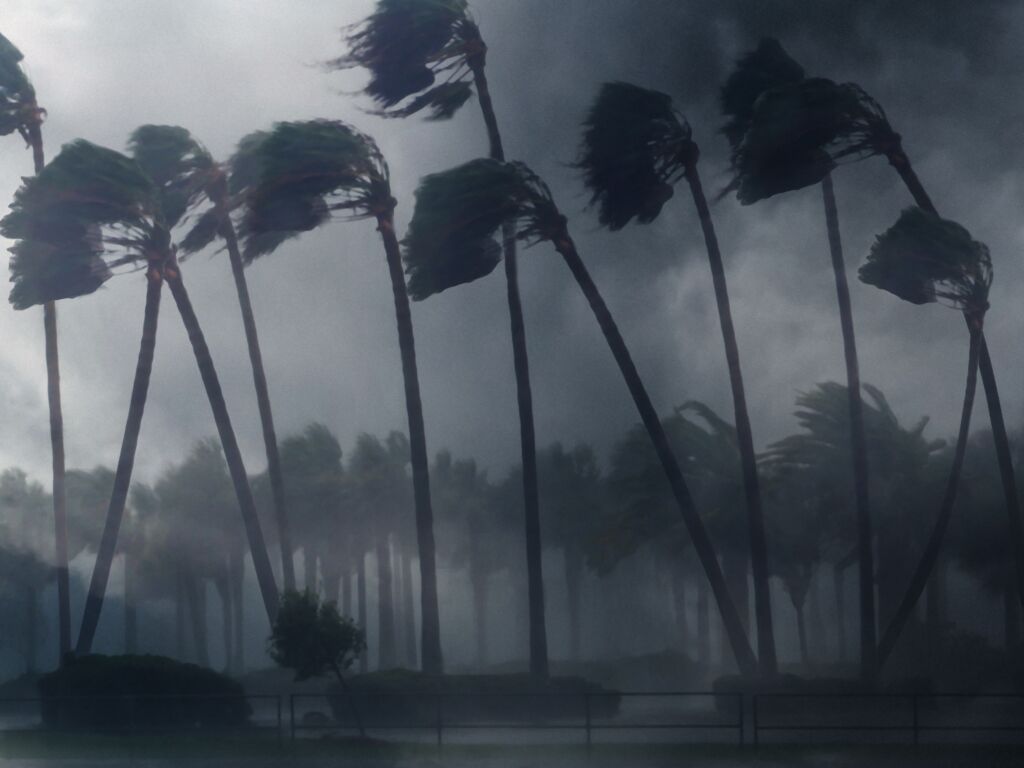
Natural disasters can be devastating, but mobile or portable power generators and emergency generators for key infraestructure can help authorities respond more effectively. By having a plan in place and making the most of these resources, authorities can provide essential services and improve their response to the disaster. With proper planning and preparation, power generators can make a significant difference in the aftermath of a natural disaster.
At Brags & Hayes, we offer all the necessary support to advise you on purchasing this excellent and essential backup energy source for emergency situations.
Contact us at the phone number +1.954.657.7777, or write to us at info@bnhgenerators.com, and we will gladly help you.


